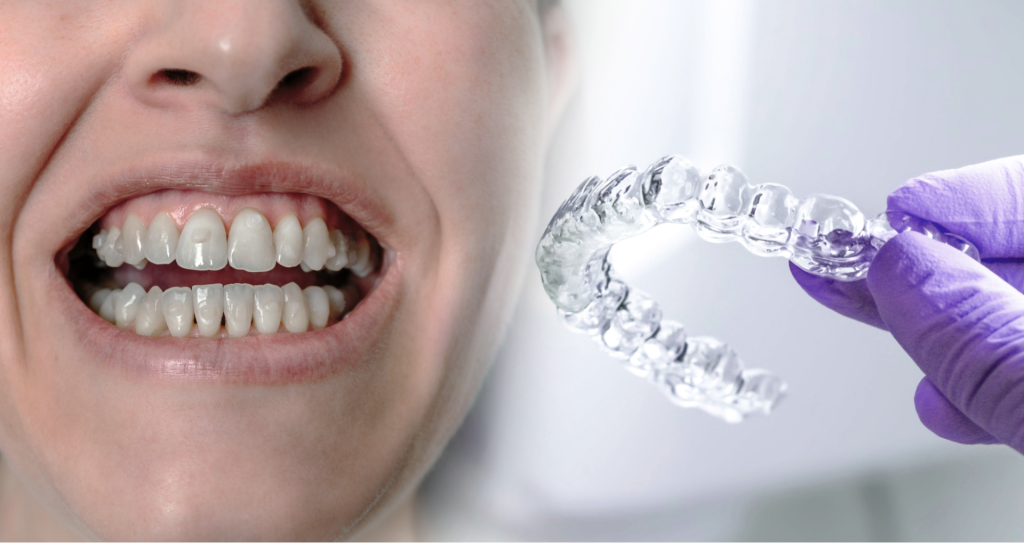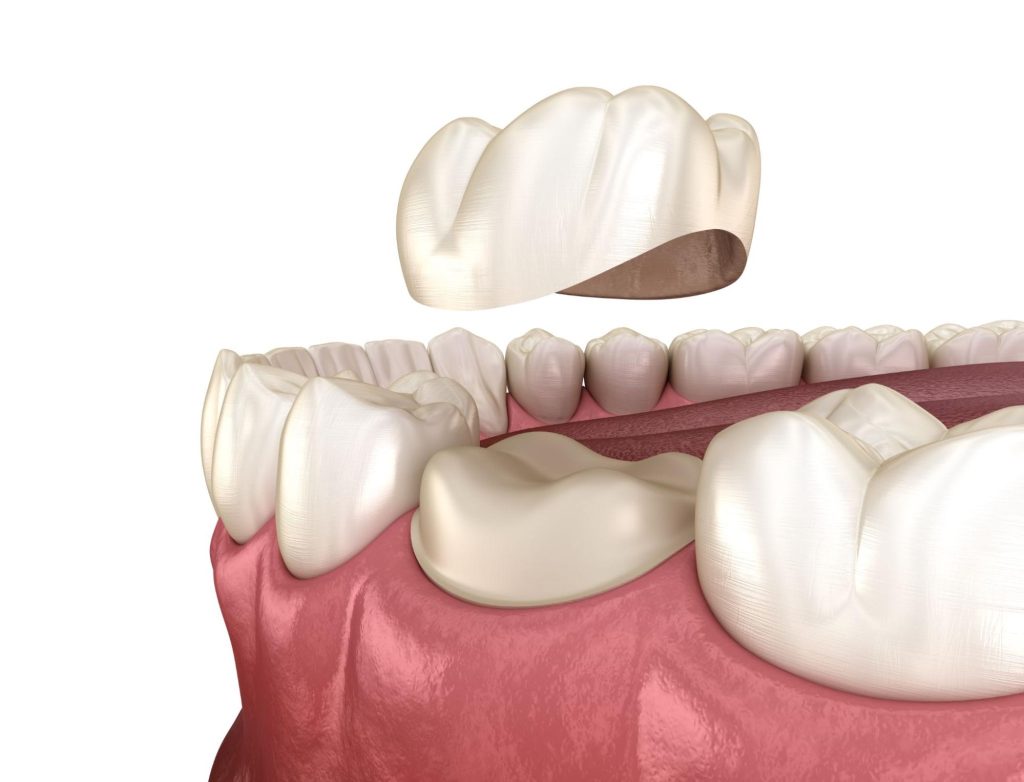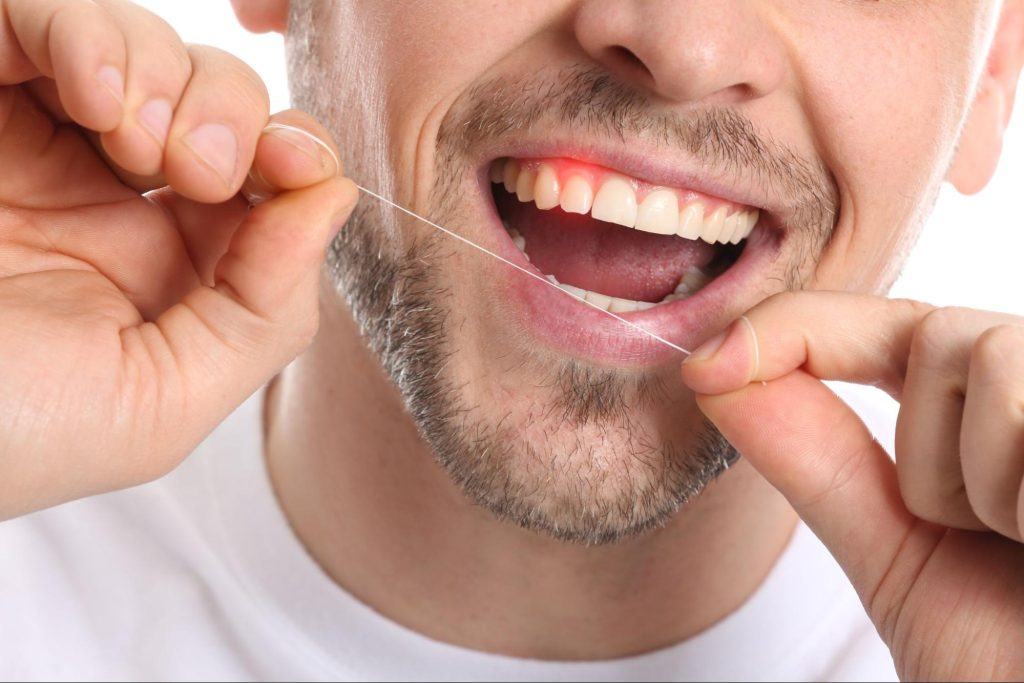Poor oral hygiene can lead to gum disease, a serious mouth infection that destroys the soft tissue and bone that supports your teeth. The best way to avoid gum disease is a consistent daily routine of flossing and brushing your teeth. Get answers to the most common questions on flossing, including whether you should floss before or after brushing your teeth for optimum gum health and good dental hygiene.
Why Flossing Is So Important
Most dentists recommend brushing at least twice daily or after every meal with fluoride toothpaste and flossing at least once per day. Neglecting to floss means you’re missing almost half of the surface of your teeth, according to the Australian Dental Association (ADA).
Food trapped between your teeth is a breeding ground for bacteria and promotes the development of plaque. Flossing provides numerous benefits that brushing alone can’t.
1. Gum Protection
When plaque and bacteria build up between teeth along the gum line, the gum tissue becomes irritated. If left untreated, this can lead to gingivitis, a form of gum disease where the gums become red and puffy and bleed easily.
With regular flossing, your gums should stop bleeding, if they ever start. If your gums continue to bleed after prolonged best practices of good dental hygiene, you should get checked out by a dentist.
2. Healthy, Clean Teeth
Bacteria trapped between your teeth can weaken and destroy the tooth enamel. Without this protective layer, tooth decay can cause a cavity to form. Flossing is an essential part of your daily oral hygiene routine that helps prevent tooth decay and the unsightly appearance of dental plaque on the surface of teeth.
3. Reduce the Risk of Secondary Disease
In rare cases, gingivitis can enter the bloodstream and travel to other parts of the body, increasing your risk for heart disease, diabetes and respiratory illness.
A daily habit of flossing can positively impact your overall health and well-being.
How To Use Dental Floss
Proper flossing technique helps prevent bad breath by removing food particles and plaque along the gum line. Be gentle when flossing and follow this step-by-step guide. It’s as easy as 1-2-3.
Before brushing your teeth:
- Grasp a 12- to 18-inch-long (30 to 45 cm) section of dental floss or tape between your hands, leaving about two inches exposed and taut between your forefingers.
- Slip the string between your teeth and into the area between your teeth and gums as far as it will go, just slightly under the gum.
- Floss with 8 to 10 strokes up and down between each tooth to loosen and remove food and plaque. Use a new section of floss on the next spot or rinse the string on a floss pick or flossette under running water.
Flossettes have a handle with a curve at one end that holds a small piece of floss. These tools come in handy for parents and caregivers who need to help young children, the elderly, and disabled people with good dental hygiene and fresh breath.
What’s The Correct Type of Floss for Me?
A few things to consider when choosing the best type of floss to use for oral health includes whether you have braces, whether you prefer a gentler cleaning along your gums and how convenient you want your flossing routine to be.
Just like toothbrushes, dentists recommend Oral-B’s line of dental floss, which is designed to help you remove more food particles and plaque.
- Oral-B Pro-Expert Premium Floss – provides an efficient cleaning while being gentle on both the fingers and the gums.
- Oral-B Satin Tape – good for overall coverage, the wide, silky ribbon cleans well between larger gaps and hard-to-reach areas to remove plaque.
- Oral-B Super Floss – combines a stiffened end with spongy and regular floss, for better cleaning around wires, brackets and bridges.
- Water Floss – Oral-B makes a water flosser tool that provides an invigorating clean along the gum line.
So, Should You Floss Before or After Brushing?
The ADA recommends flossing before brushing because it breaks up the plaque and food debris between your teeth and brushing afterwards helps clear it away. This is the best way to keep your teeth clean and your gums healthy.
However, the key takeaway here is to be sure you include flossing in your daily oral hygiene routine, even if you do it after brushing your teeth, as it will still be effective.
Avoid rinsing your mouth with water or even fluoride mouthwash right after brushing your teeth as this will wash away the concentrated fluoride in the toothpaste. Fluoride retention helps strengthen teeth by protecting tooth enamel.
Rinsing with mouthwash is a good idea after meals like lunch when you don’t have time to brush your teeth or after eating sugary snacks.
Final Thoughts
If you have trouble holding on to regular string floss, a flossette or water flosser might be easier for you to use. Proper cleaning between teeth and gums can help you avoid most dental problems and stop you from developing gum disease. Now that you’re aware of how much food debris, plaque, and bacteria gets left behind by just brushing your teeth alone, do you think you can afford to skip flossing or getting your teeth professionally cleaned? Book your teeth whitening consultation today.



